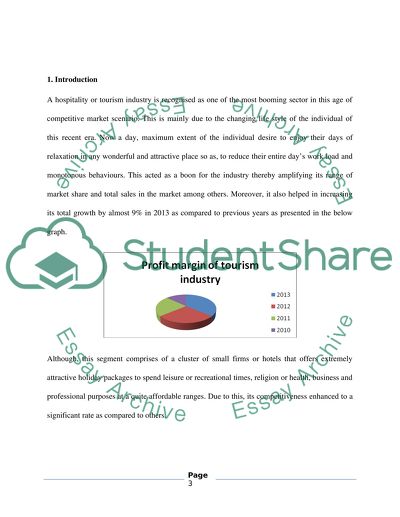Cite this document
(“Hospitality and tourism industry economy in Australia Essay”, n.d.)
Hospitality and tourism industry economy in Australia Essay. Retrieved from https://studentshare.org/miscellaneous/1623294-hospitality-and-tourism-industry-economy-in-australia
Hospitality and tourism industry economy in Australia Essay. Retrieved from https://studentshare.org/miscellaneous/1623294-hospitality-and-tourism-industry-economy-in-australia
(Hospitality and Tourism Industry Economy in Australia Essay)
Hospitality and Tourism Industry Economy in Australia Essay. https://studentshare.org/miscellaneous/1623294-hospitality-and-tourism-industry-economy-in-australia.
Hospitality and Tourism Industry Economy in Australia Essay. https://studentshare.org/miscellaneous/1623294-hospitality-and-tourism-industry-economy-in-australia.
“Hospitality and Tourism Industry Economy in Australia Essay”, n.d. https://studentshare.org/miscellaneous/1623294-hospitality-and-tourism-industry-economy-in-australia.


